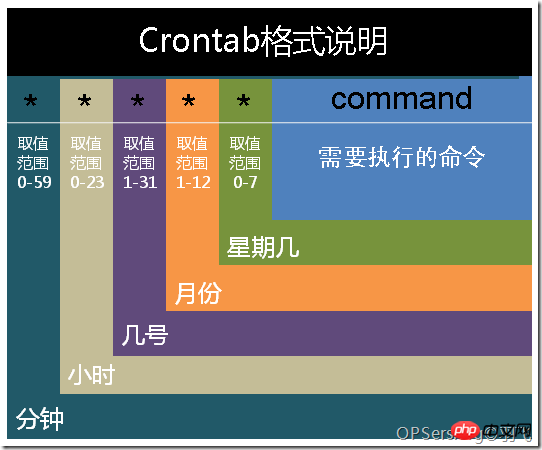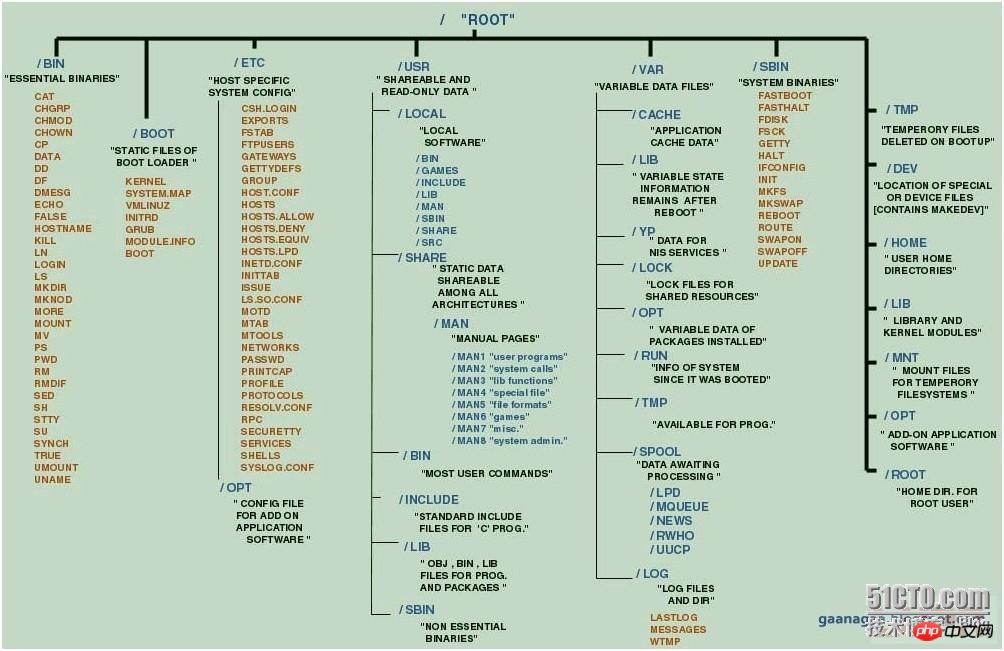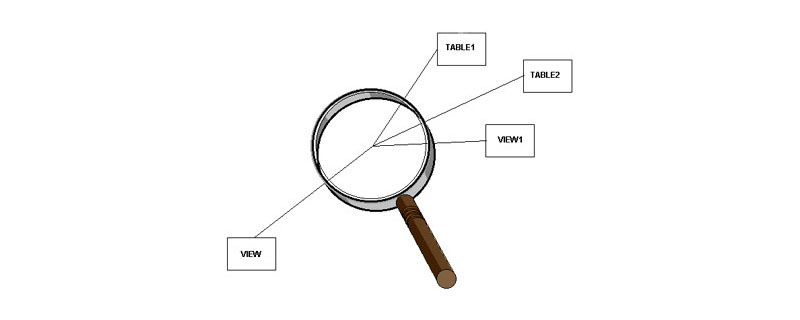在linux中,cop estruct函数用于复制目录及其内容。当使用cop estruct函数时,可能会遇到一些错误。为了正确处理这些错误,你需要检查函数的返回值并在出现错误时采取适当的措施。
以下是一个使用cop estruct函数的示例,以及如何处理可能出现的错误:
#<span>include <stdio.h></span> #<span>include <stdlib.h></span> #<span>include <dirent.h></span> #<span>include <sys/stat.h></span> #<span>include <unistd.h></span> #<span>include <errno.h></span> int cop_dir(<span>const char *src, const char *dest)</span> { DIR *dir; <span>struct dirent *entry;</span> <span>struct stat statbuf;</span> int err; if (!(dir = opendir(src))) { perror("opendir"); return -1; } if (mkdir(dest, statbuf.st_mode) == -1 && errno != EEXIST) { perror("mkdir"); closedir(dir); return -1; } while ((entry = readdir(dir)) != NULL) { if (strcmp(entry->d_name, ".") == 0 || strcmp(entry->d_name, "..") == 0) continue; if (stat(src "/" entry->d_name, &statbuf) == -1) { perror("stat"); closedir(dir); return -1; } char src_path[PATH_MAX], dest_path[PATH_MAX]; snprintf(src_path, sizeof(src_path), "%s/%s", src, entry->d_name); snprintf(dest_path, sizeof(dest_path), "%s/%s", dest, entry->d_name); if (S_ISDIR(statbuf.st_mode)) { if (cop_dir(src_path, dest_path) == -1) return -1; } else { if ((err = copy_file(src_path, dest_path)) == -1) { perror("copy_file"); closedir(dir); return -1; } } } closedir(dir); return 0; } int main(<span>int argc, char *argv[])</span> { if (argc != 3) { fprintf(stderr, "Usage: %s <source_directory> <destination_directory>n", argv[0]); return 1; } if (cop_dir(argv[1], argv[2]) == -1) { fprintf(stderr, "Error copying directoryn"); return 1; } printf("Directory copied successfullyn"); return 0; }
在这个示例中,我们首先检查opendir函数的返回值。如果它返回NULL,说明打开目录失败,我们使用perror函数打印错误信息并返回-1。
接下来,我们尝试创建目标目录。如果mkdir函数返回-1且错误码不是EEXIST(表示目录已存在),我们打印错误信息并关闭目录。
在复制目录内容时,我们使用stat函数获取文件或目录的信息。如果stat函数返回-1,我们打印错误信息并关闭目录。
对于每个目录项,我们检查它是否是普通文件或子目录。如果是子目录,我们递归调用cop_dir函数。如果是普通文件,我们调用copy_file函数(需要自行实现)来复制文件。在这两种情况下,如果出现错误,我们打印错误信息并关闭目录。
最后,在main函数中,我们检查命令行参数的数量。如果参数数量不正确,我们打印使用说明并返回1。然后,我们调用cop_dir函数来复制目录。如果cop_dir函数返回-1,我们打印错误信息并返回1。否则,我们打印成功信息并返回0。
© 版权声明
文章版权归作者所有,未经允许请勿转载。
THE END



















